Feuilles : caduques, naissant par fascicules de 15-20 de tubercules saillants, linéaires, molles, herbacées, d'un vert clair;
Leaves: The shoots are dimorphic, with growth divided into long shoots (typically 10-50 cm long) and bearing several buds, and short shoots only 1-2 mm long with only a single bud The leaves are needle-like, light green, 2-4 cm long which turn bright yellow before they fall in the autumn, leaving the pale yellow-buff shoots bare until the next spring.
Cônes : dressés, solitaires, ovoïdes-oblongs, long de 3-4 cm., gris-brunâtres, à écailles ligneuses, minces, persistantes, rhomboïdales, tronquées ou échancrées, lâchement imbriquées, égalant ou débordant les bractées; graines géminées, obovales-trinquées, largement ailées; 5-7 cotylédons.
Cones: erect, ovoid-conic, 2-6 cm long, with 10-90 erect or slightly incurved (not reflexed) seed scales; they are green variably flushed red when immature, turning brown and opening to release the seeds when mature, 4-6 months after pollination. The old cones commonly remain on the tree for many years, turning dull grey-black.
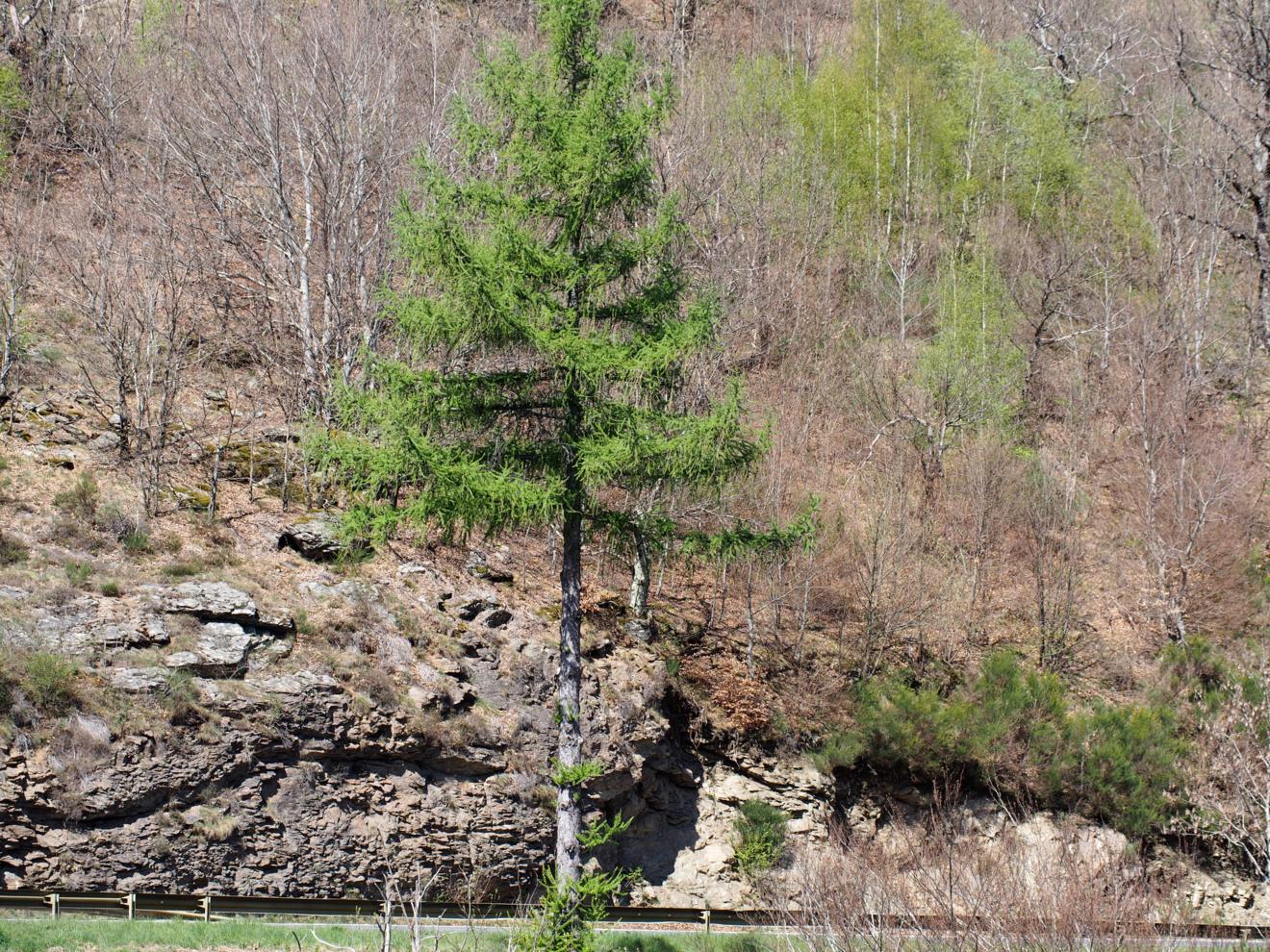
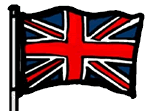 Larch, European
Larch, European
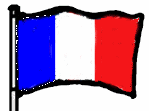 Mélèze d'Europe
Mélèze d'Europe
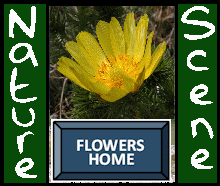


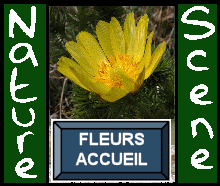
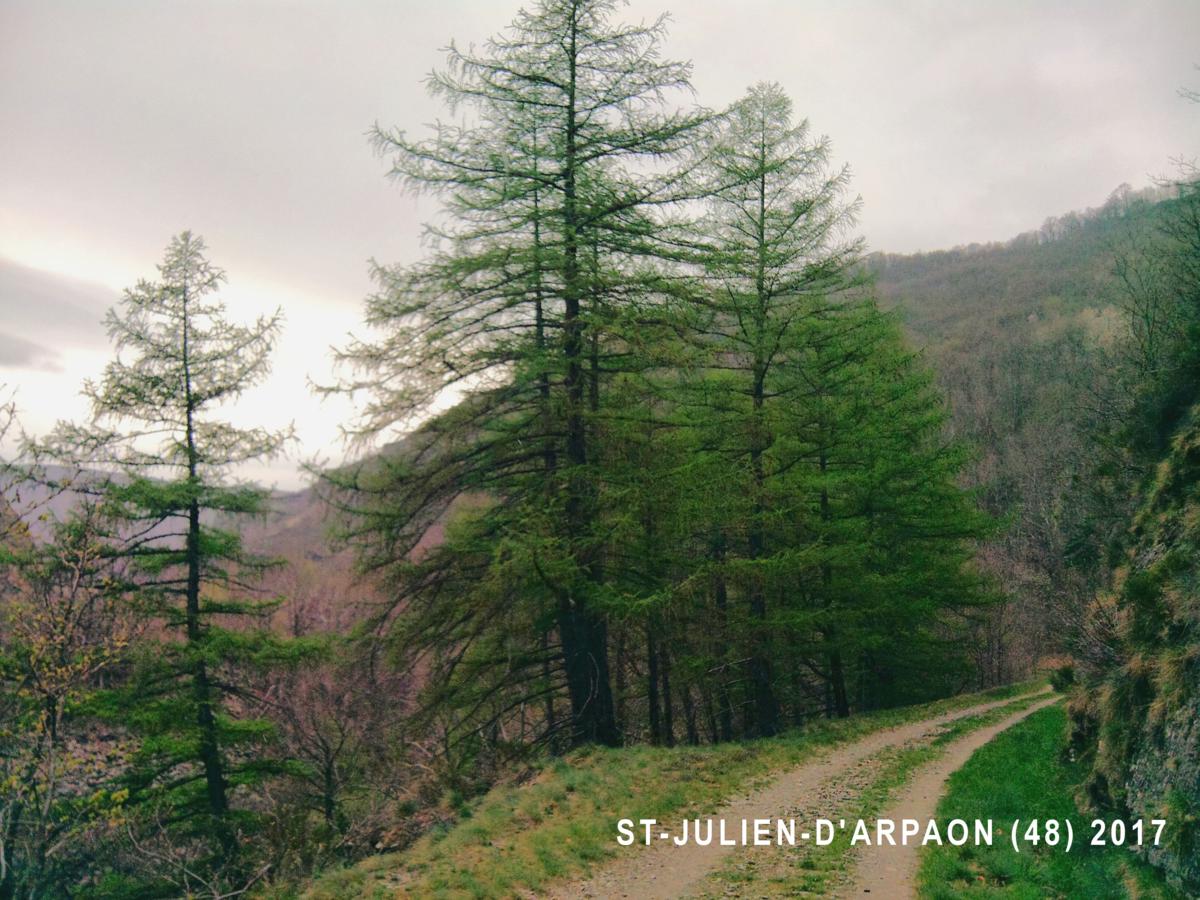
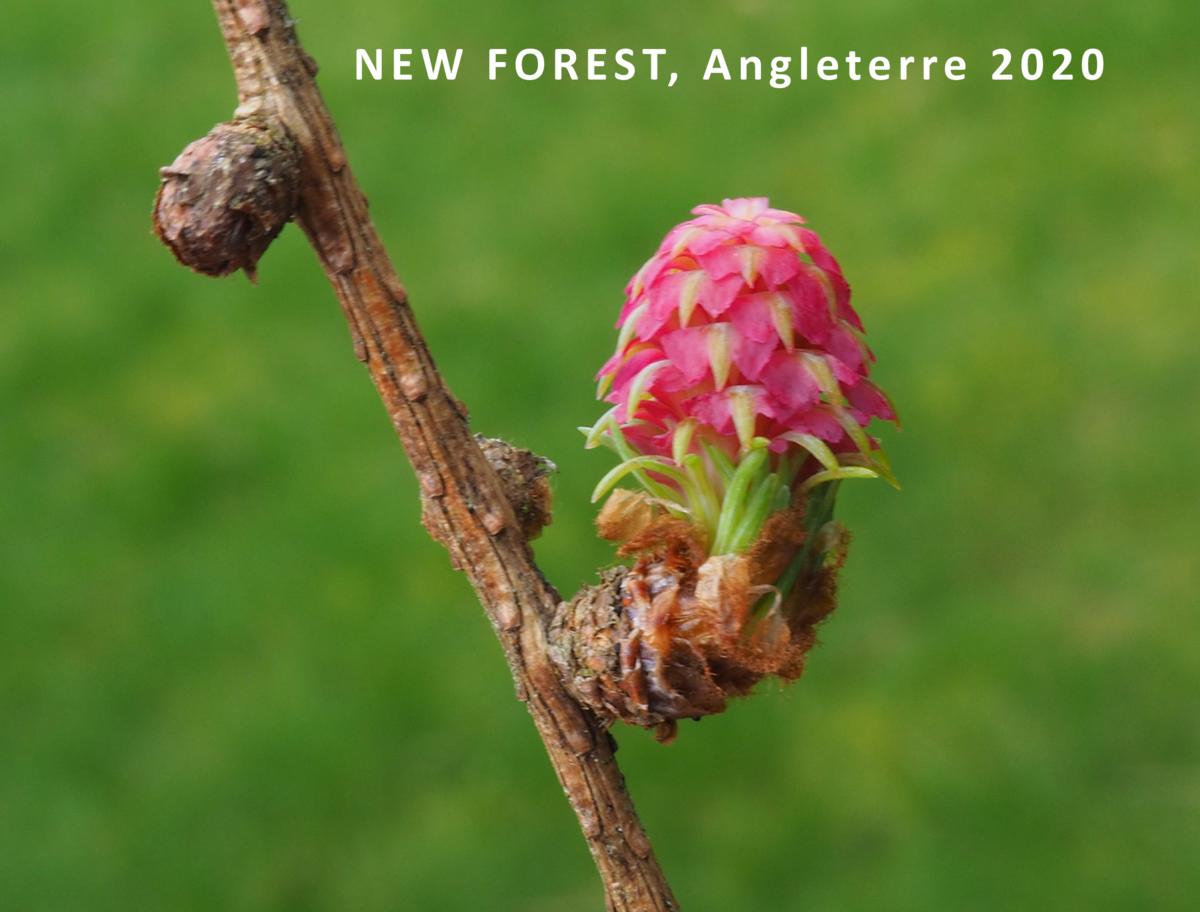
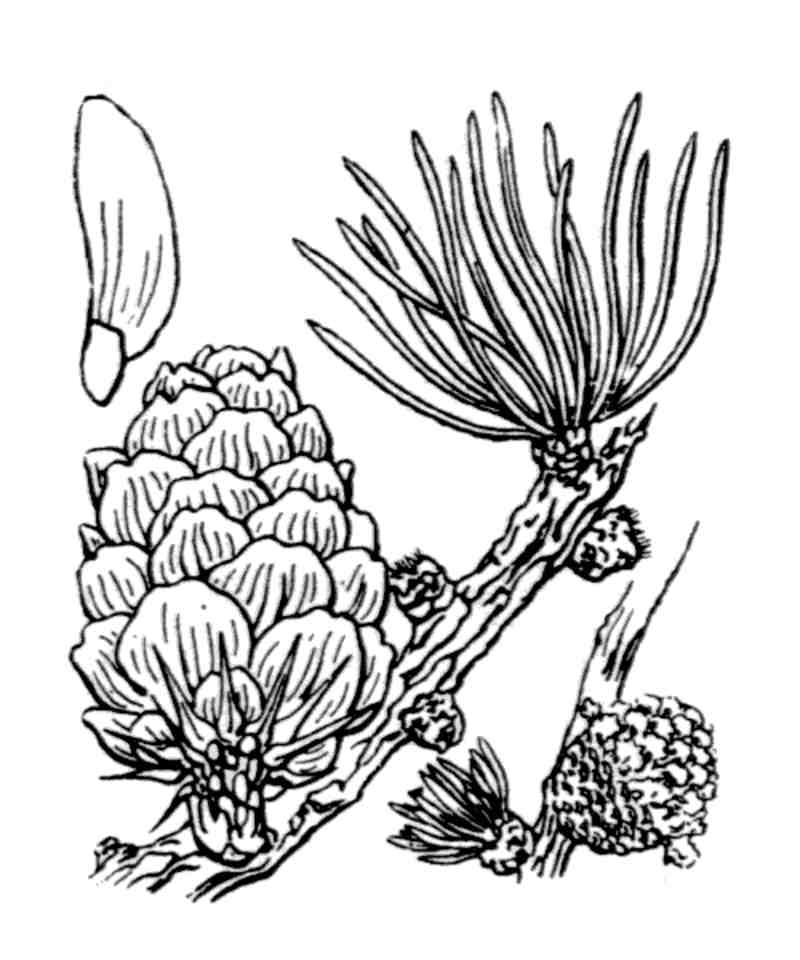
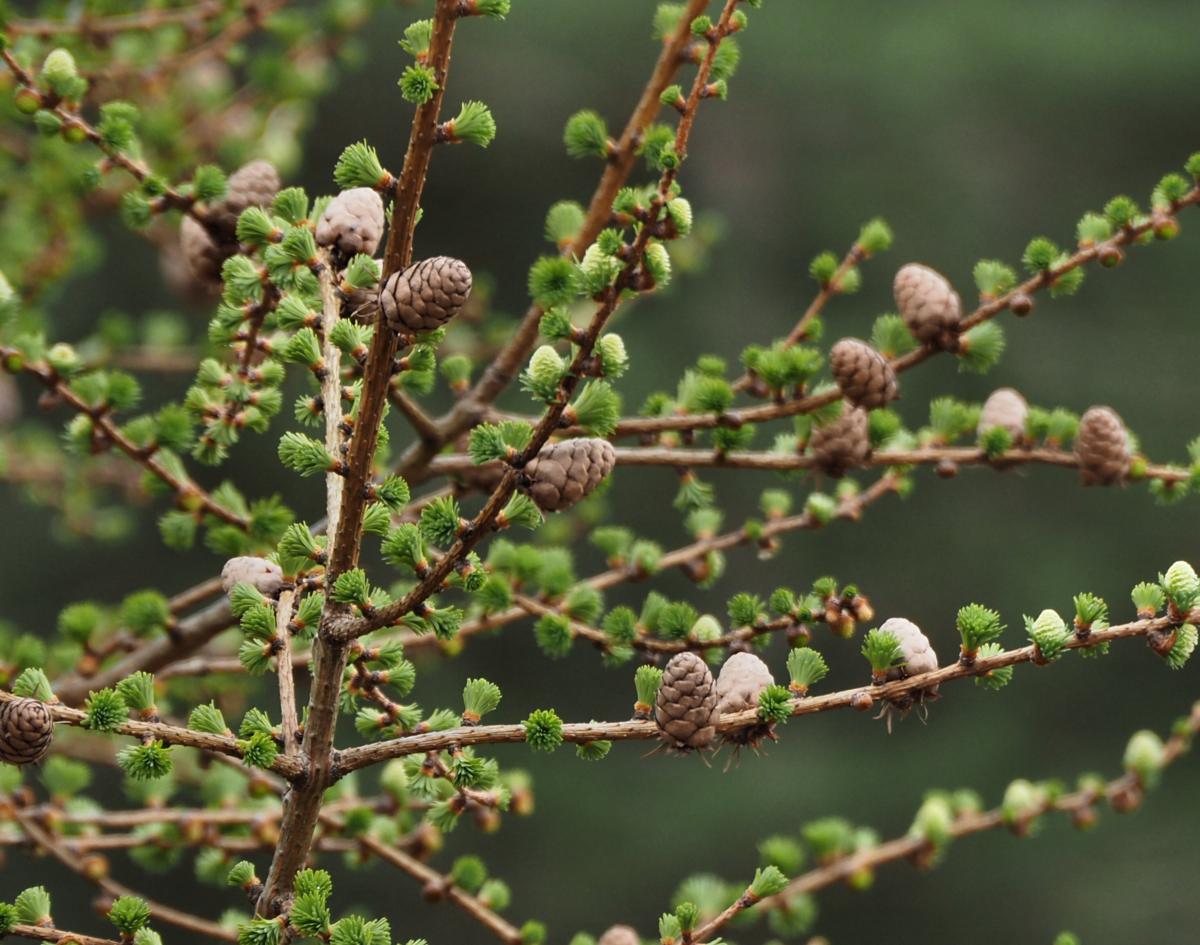
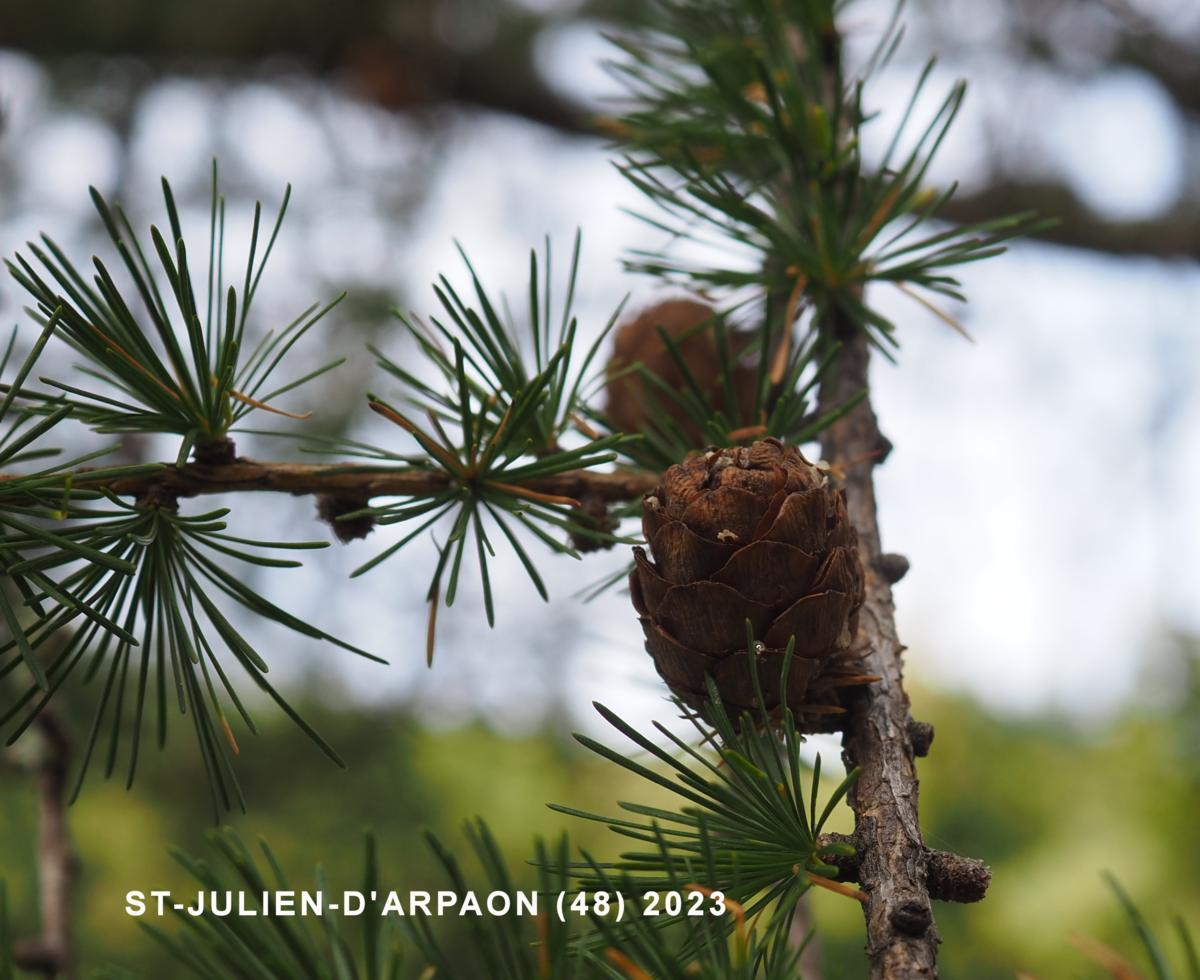
 Please
consider
Please
consider 











